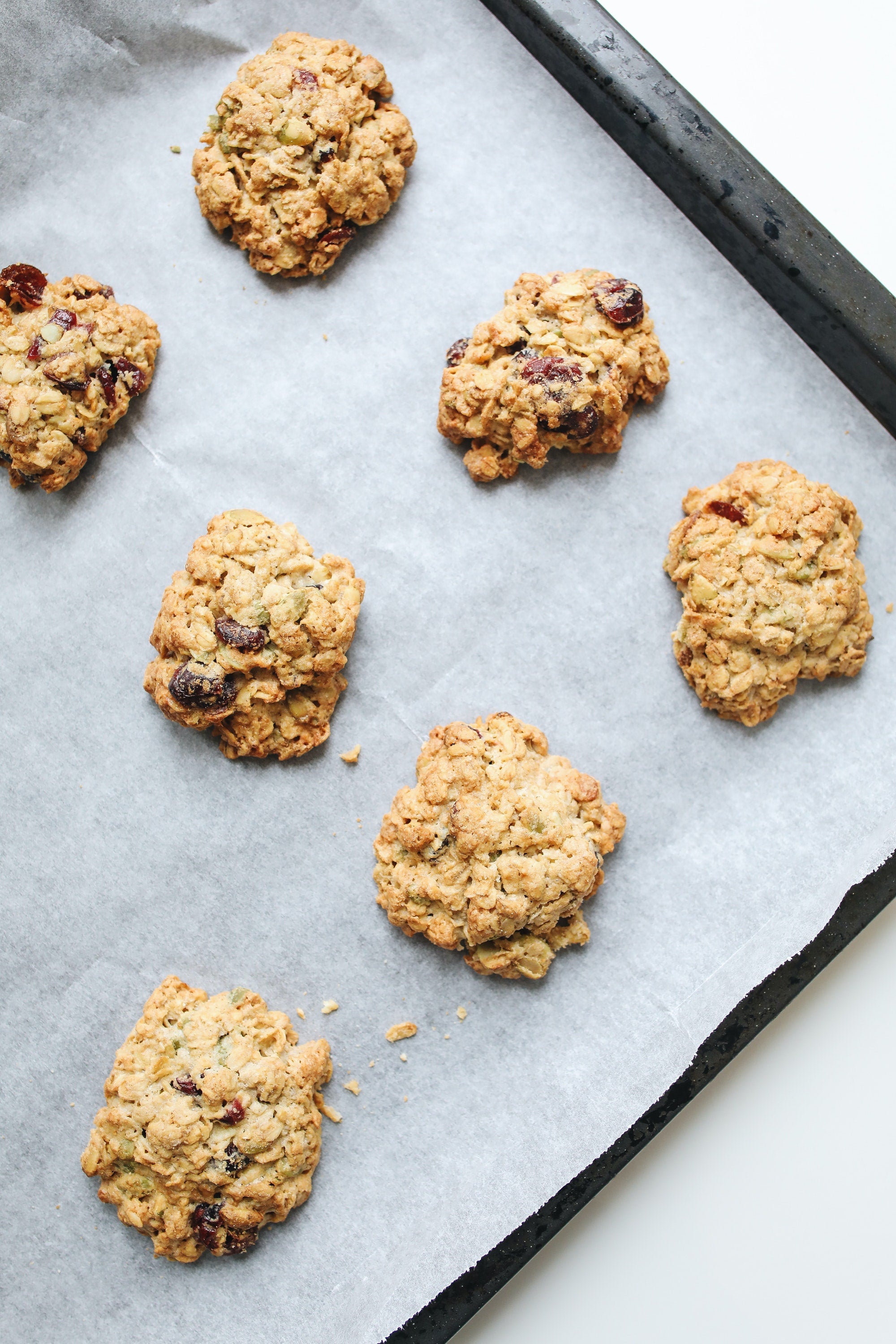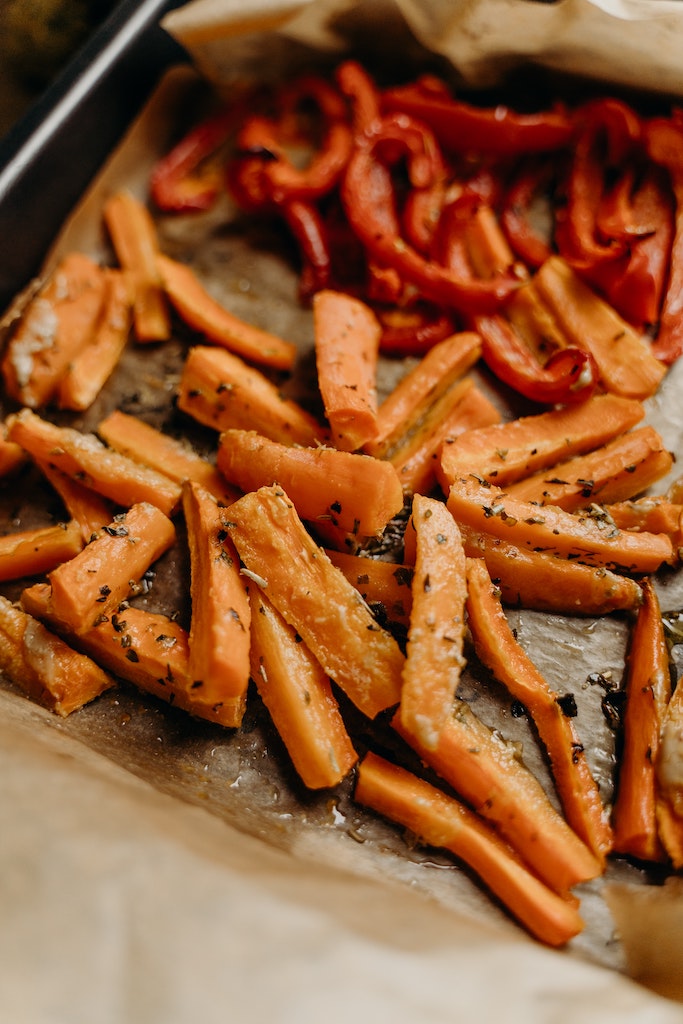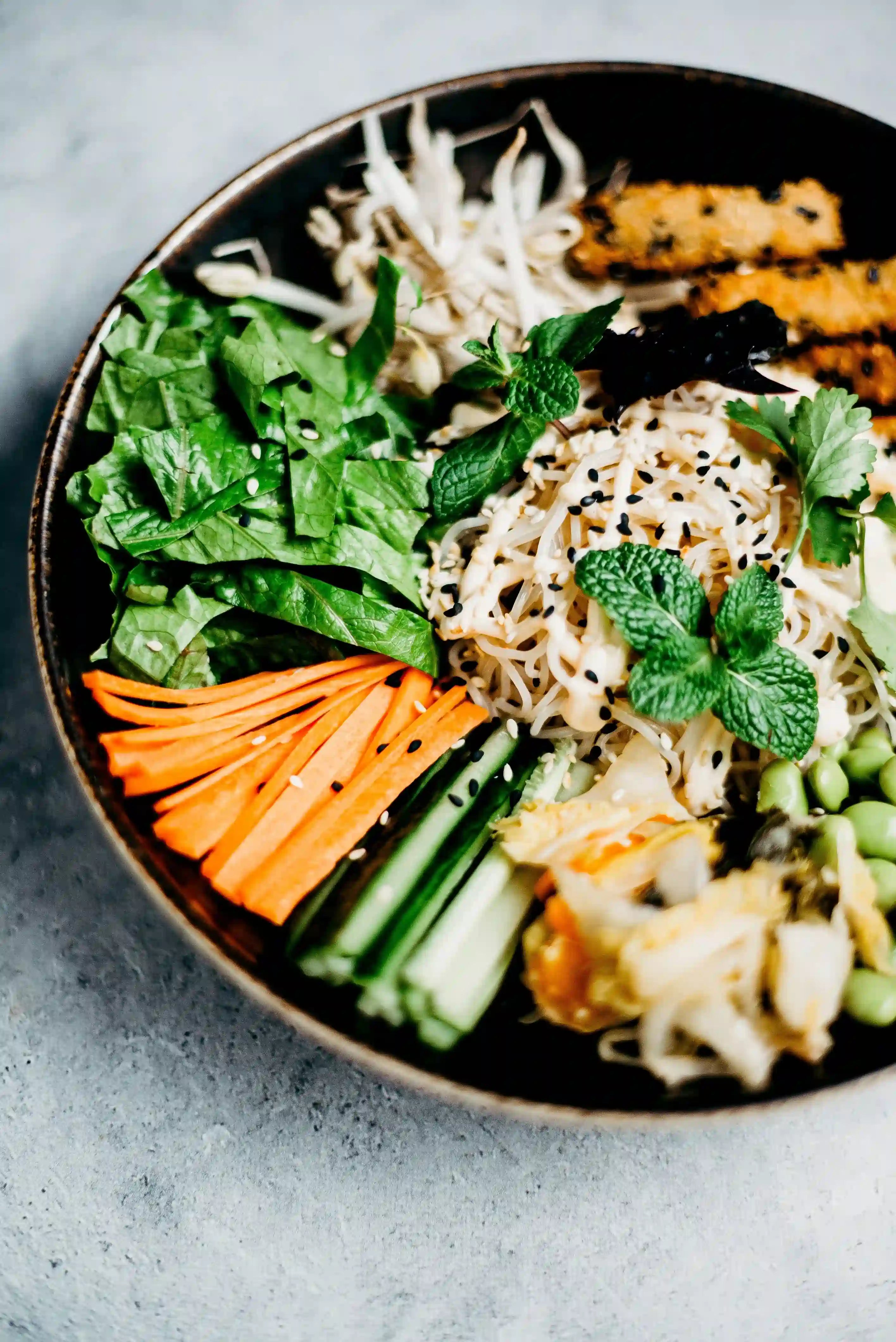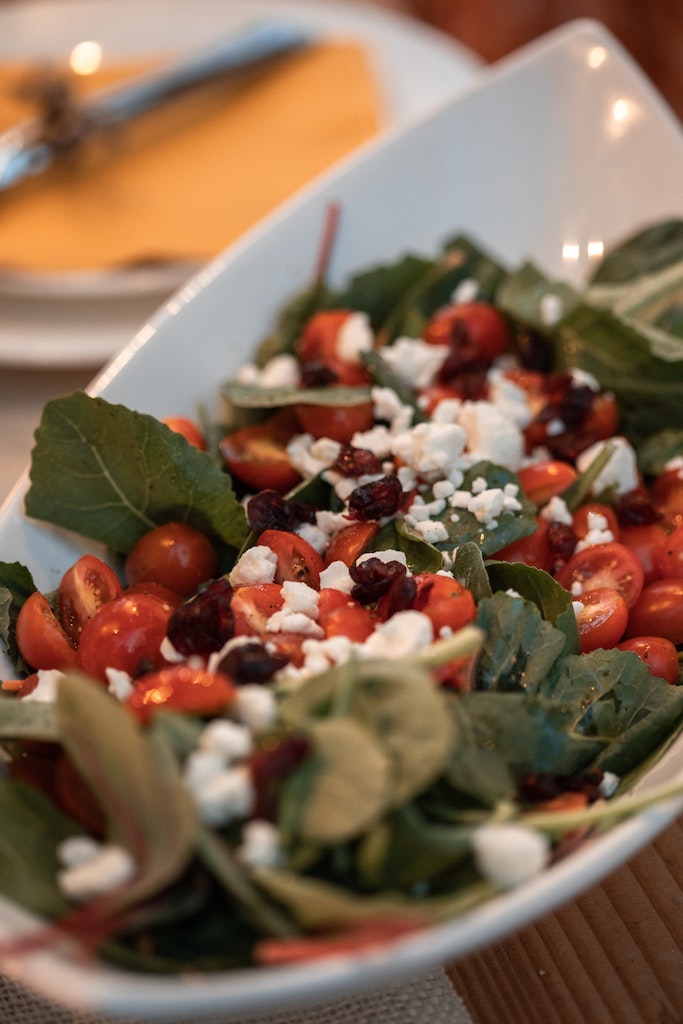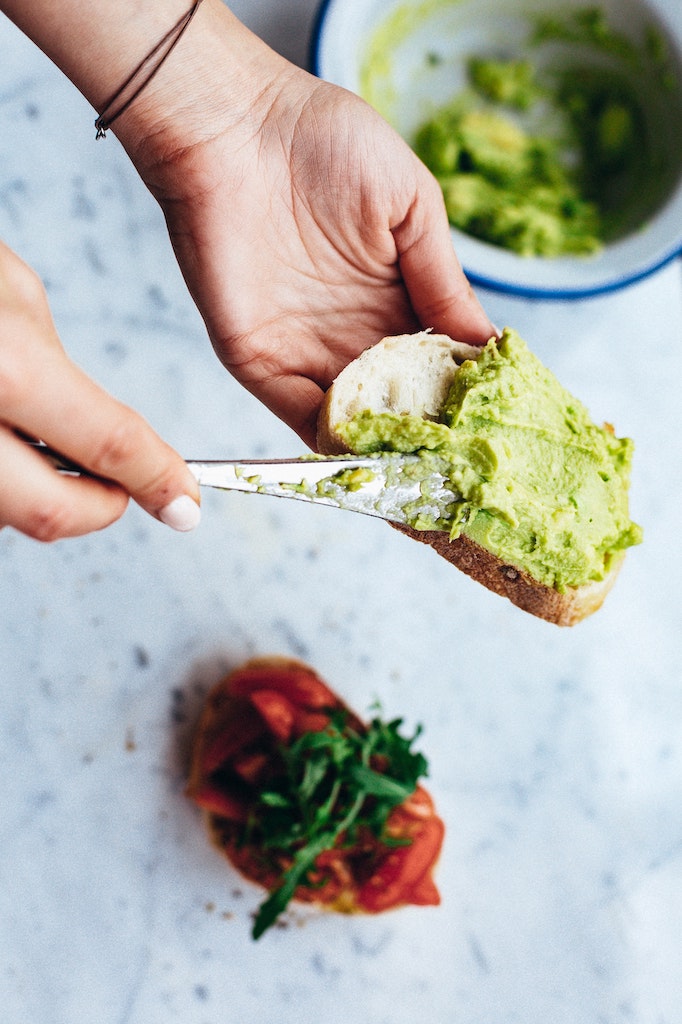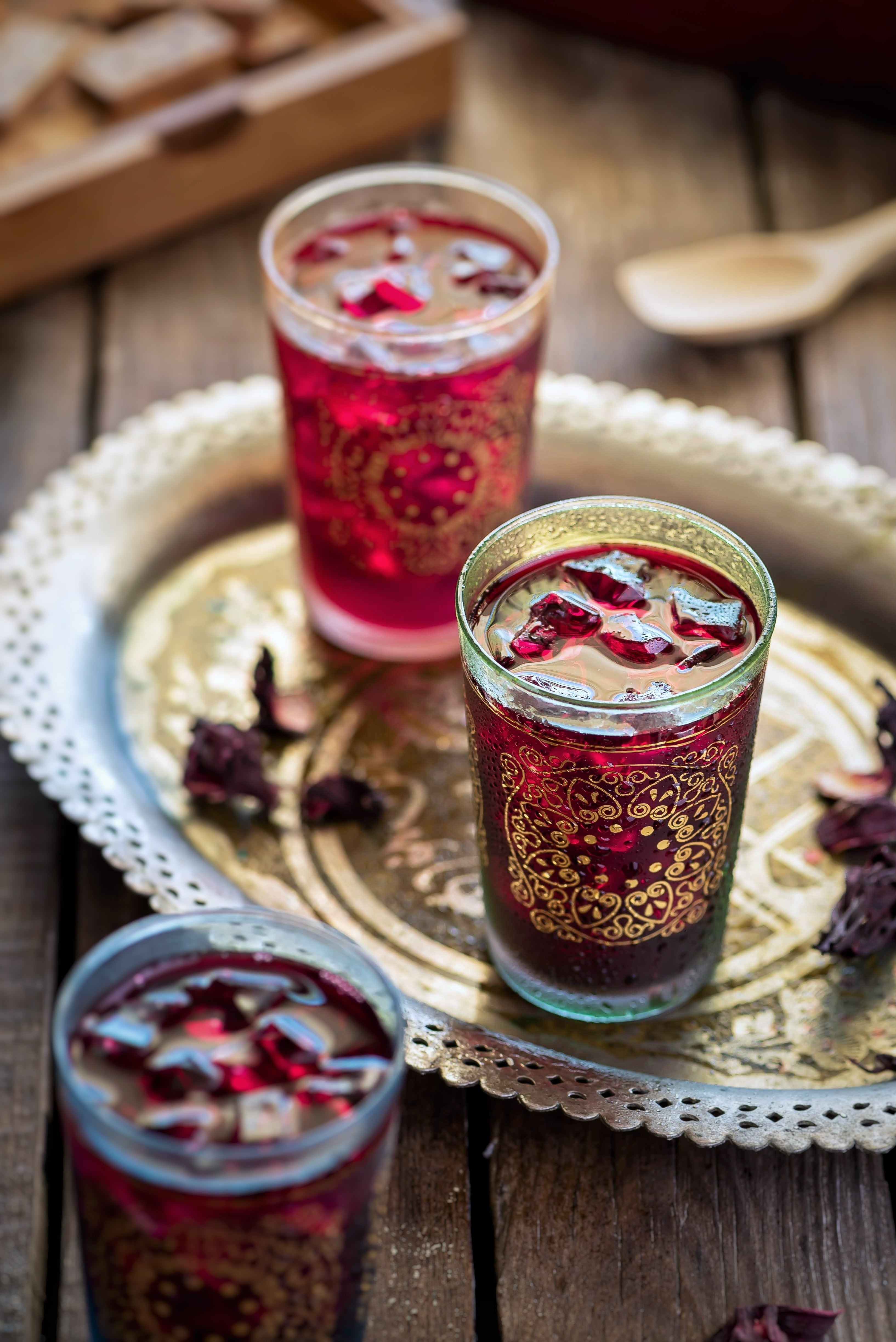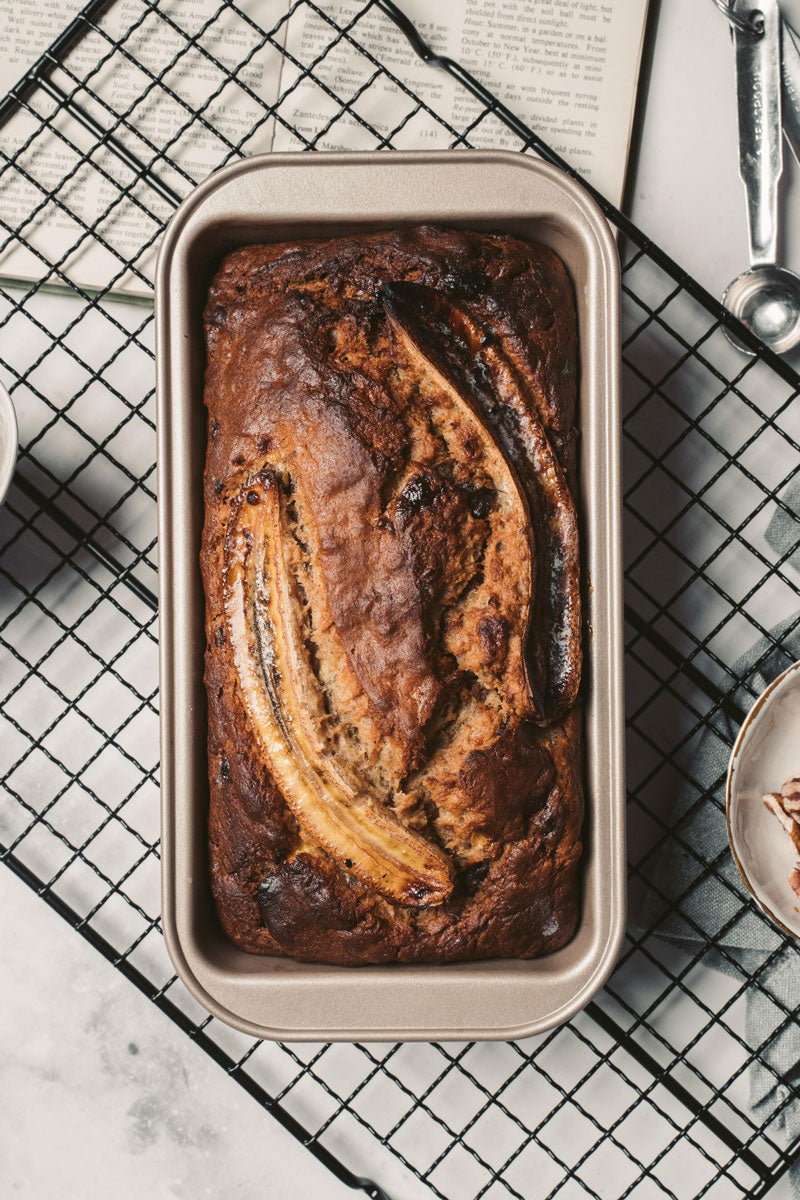
Fattet Hummus: The Ultimate Chickpea Breakfast
When you first see this dish being served in popular breakfast spots in Beirut, you assume someone has ordered lunch and not breakfast. It looks heavy and a bit too rich to start your day off with, but in fact, fattet hummus, the ultimate chickpea breakfast, is healthy, satiating and packed with great flavor.
A savory dish, it helps expand possible breakfast options for those who lean away from sweet breakfasts. It’s most delicious when eaten warm and fresh.
Fattet hummus looks a lot like fattet djaaj or fattet bidinjaan, two lunch staples that are filling and much beloved recipes in the Middle East. Fatteh is the layering and combination of baked or fried pita bread with a vegetable such as bidinjaan (eggplant) or djaaj (chicken) and a garlicky yoghurt sauce. Combining tahini with garlic and soft chickpeas with slices of toasted pita bread, it marries simple base ingredients with a combination of spices including chili and sumac.
Fatteh can be heavy owing to some of the ingredients being fried or cooked in rich butter and then combined with garlic, but it can also be a rich and flavorful breakfast to serve for a good start to the day. You can substitute frying the pita bread by air frying it or baking it instead, and using olive oil to fry the pine nuts that are meant to garnish the dish instead of using butter. Because the dish is made by layering the ingredients together, there’s no right way to plate this dish. Just don’t forget the garnish of pine nuts and fresh parsley before serving: the green and herby punch of the parsley and the particular flavor of fried pine nuts really benefit from the parsley.
Fattet hummus seems elaborate to make for breakfast, but it doesn’t need to take more than 15 minutes if you’ve prepared the pita bread chips the night before and if you rely on canned chickpeas- no harm in short cuts! Make the effort to serve this during a cold winter’s morning, or for brunch on the weekend with family when you can make a generous sized portion of this dish and enjoy it with many people. Fattet hummus works best with thin pita bread whereas fattet bidinjaan works best with thicker pita so that it can hold up along with the other ingredients. We recommend the thin Lebanese version of pita bread that’s almost almost white in color and paper thin. You can find it at Arabic grocery stores.
Join our mailing list to get updates on product launches, recipes and more. Plus, do it because our emails are pretty damm fun!
